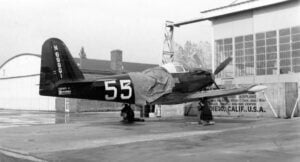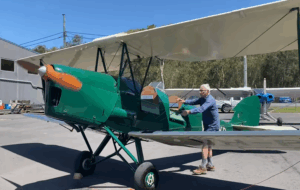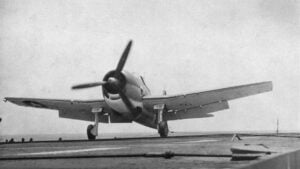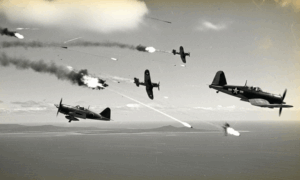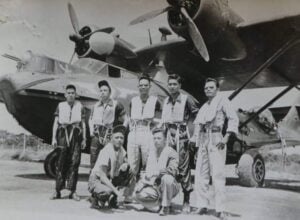7 WWII Pilots Who Became Famous Post-War Authors And Their Books
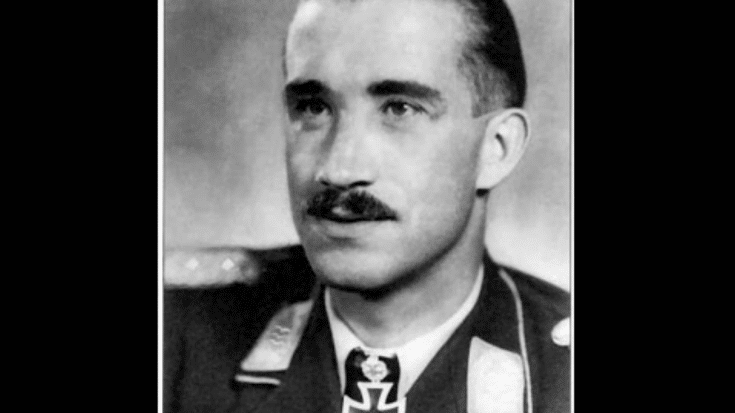
OldFliersGroup / YouTube
World War II saw countless pilots risking their lives in aerial battles and dangerous missions. After the war, some of these pilots turned their wartime experiences into words, becoming well-known authors. Through their books, they shared the highs and lows of combat, giving readers a personal view of what they endured. These accounts helped preserve the history and memories of those challenging times. Here are seven WWII pilots who made a name for themselves as writers.
1. Antoine de Saint-Exupéry – The Little Prince
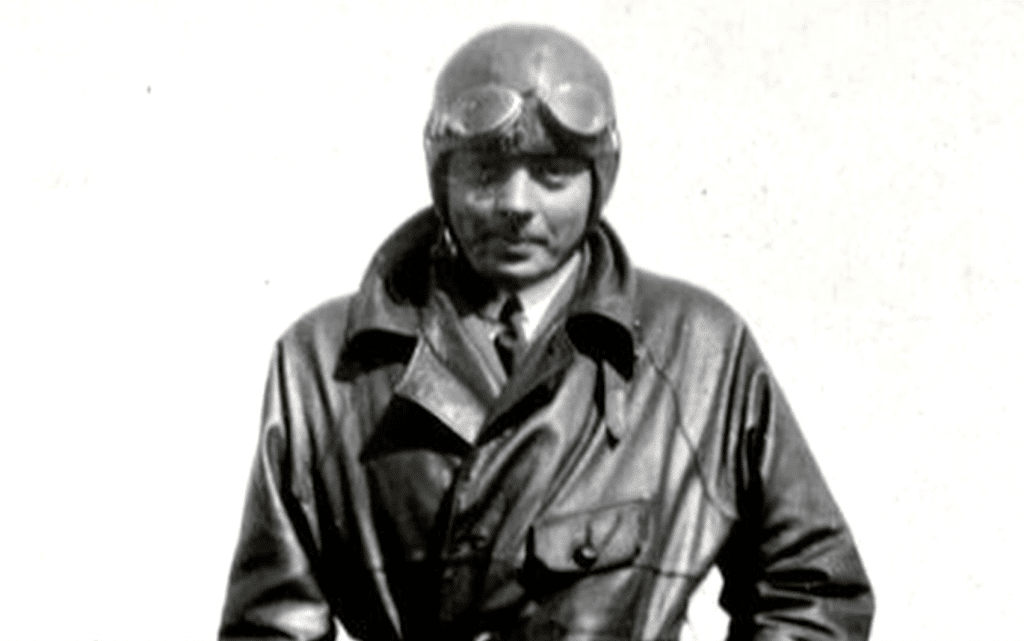
Antoine de Saint-Exupéry was a French pilot who flew reconnaissance missions during World War II. Before the war, he had already written books about his experiences as an aviator, but his most famous work, The Little Prince, came later. Written in 1943, the book is a timeless tale of a young prince exploring the universe, with themes of love, loss, and human nature. During the war, Saint-Exupéry flew dangerous reconnaissance missions over occupied France. Sadly, he disappeared in 1944 while on a mission, and his body was never recovered. His legacy lived on through The Little Prince, which remains a beloved classic around the world.
2. Roald Dahl – Going Solo
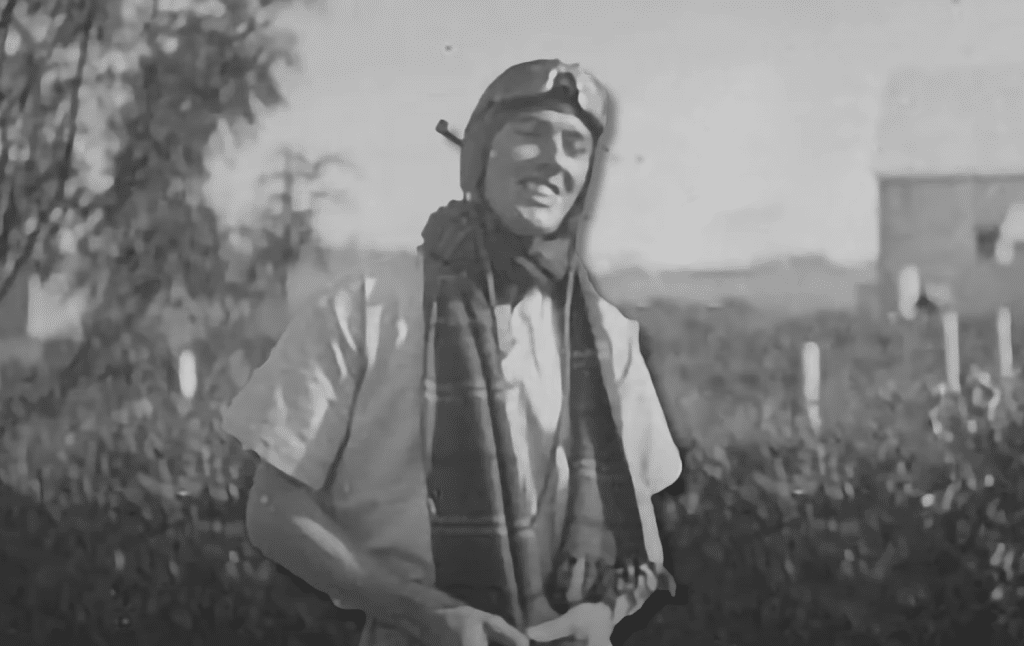
Roald Dahl, known worldwide for his children’s books like Charlie and the Chocolate Factory, had a different life during World War II as a pilot in the Royal Air Force (RAF). Dahl flew missions in the Mediterranean, facing severe injuries and narrow escapes. After the war, he wrote Going Solo, a memoir of his experiences during those years. The book offers a vivid picture of the challenges faced by RAF pilots, including his own crash in the Libyan desert. Dahl’s storytelling skills shine through, providing readers with a mix of adventure and the harsh realities of war.
3. Richard Hillary – The Last Enemy
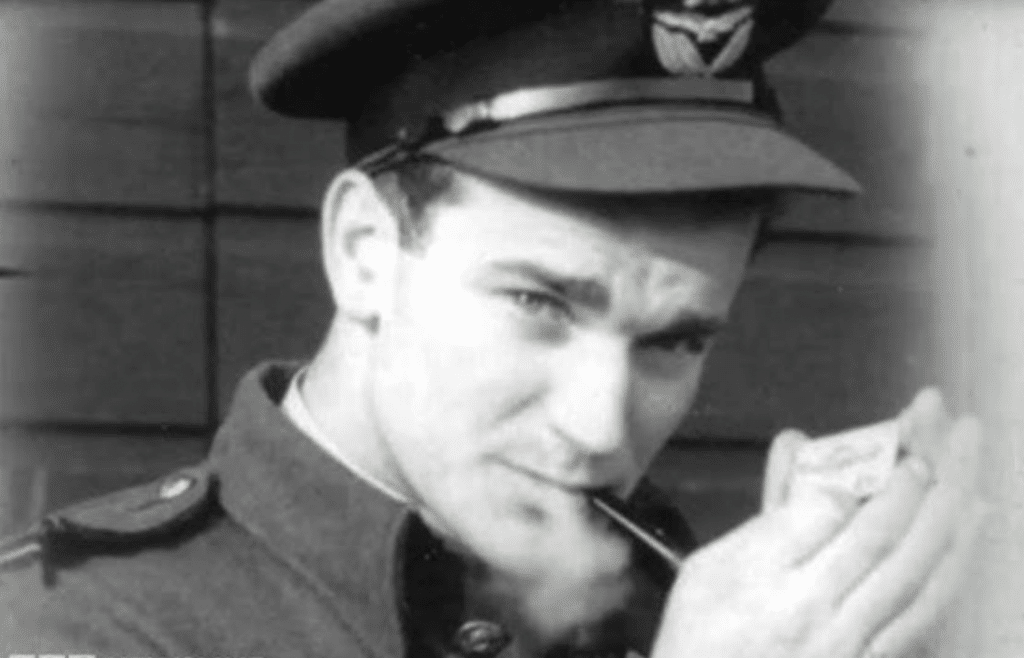
Richard Hillary was an RAF fighter pilot during the Battle of Britain, flying the iconic Spitfire. In 1940, he was shot down over the North Sea and suffered severe burns, leading to a long recovery. During his time in the hospital, he began writing his memoir, The Last Enemy. The book, published in 1942, gives a raw and emotional account of his experiences as a young pilot and the pain of his recovery. The Last Enemy became a significant work during the war, offering a firsthand look at the physical and emotional toll of combat. Hillary died in 1943 during a training flight, but his writing continued to resonate with readers.
4. James Salter – The Hunters
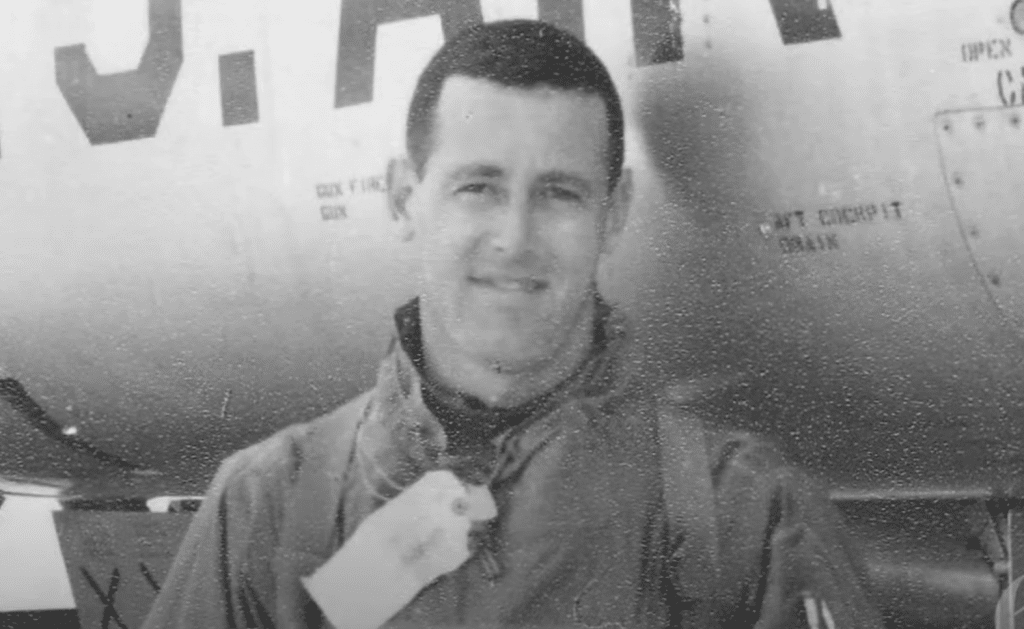
James Salter, originally named James Horowitz, flew fighter jets for the United States Army Air Forces during World War II. After the war, he turned to writing and became known for his literary style. His novel The Hunters, published in 1957, is based on his experiences as a pilot during the Korean War, but the themes and insights reflect those who flew during World War II as well. Salter’s work focuses on the camaraderie, competition, and challenges faced by fighter pilots. The novel gained acclaim for its realistic portrayal of aerial combat and the internal struggles of the men who lived through it.
5. Pierre Clostermann – The Big Show
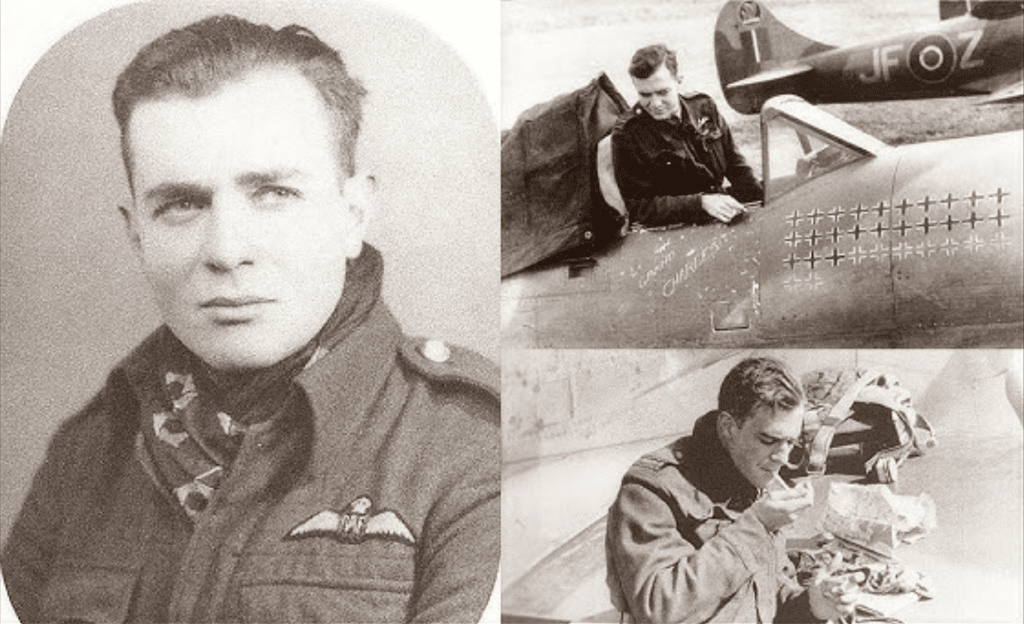
Pierre Clostermann was a French fighter pilot who flew with the RAF during World War II. He served in multiple combat operations, including during the liberation of Europe. After the war, he wrote The Big Show, which became one of the most celebrated accounts of air combat. Published in 1948, the book recounts his missions over Europe, the dangers of dogfights, and the loss of comrades. The Big Show is known for its detailed descriptions and unfiltered look at what pilots faced in the skies. Clostermann’s reflections on the stress and fear of combat made the book a valuable historical account.
6. Cecil Lewis – Sagittarius Rising
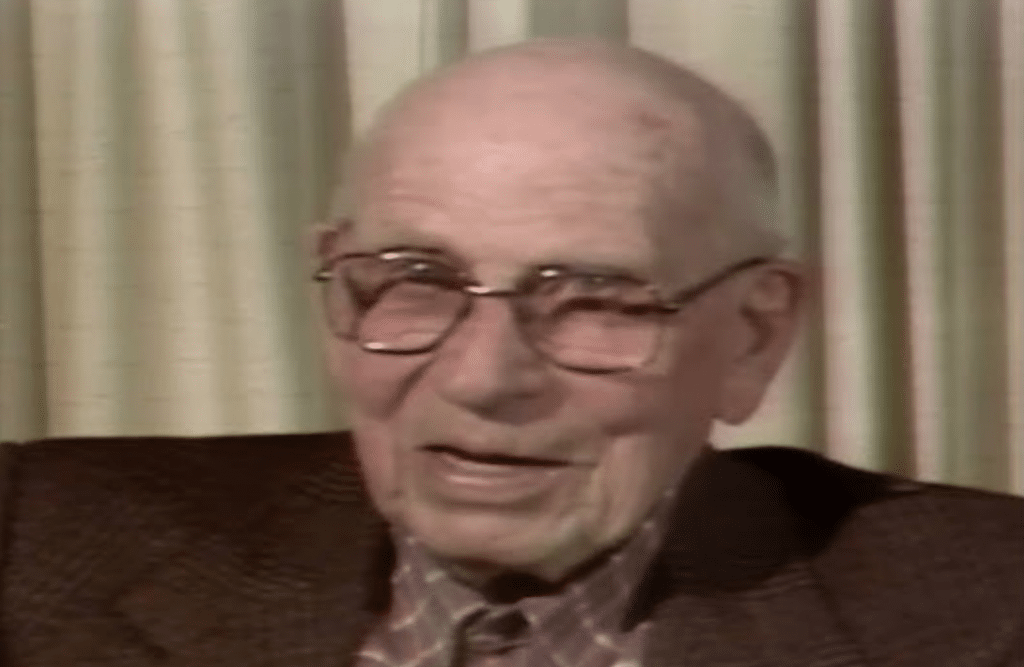
Cecil Lewis was a British pilot who served during World War I, but his influence extended into the World War II era. He flew with the Royal Flying Corps and later worked as an instructor for new pilots. His memoir, Sagittarius Rising, was first published in 1936 and later gained renewed attention during the second war. The book captures the early days of aerial combat, but it also reflects the spirit of those who took to the skies in World War II. Lewis’s vivid descriptions and reflections on the nature of war made the book a classic, resonating with both veterans and new generations of readers.
7. Adolf Galland – The First and the Last

Adolf Galland was a German fighter ace during World War II, known for his skills as a pilot and his leadership of fighter units. After the war, he wrote The First and the Last, a memoir published in 1954. The book provides a detailed account of air operations from the German perspective, covering everything from the Battle of Britain to the final days of the conflict. Galland’s insights into the strategies, challenges, and failures of the German Air Force offered a different view of the air war. Despite its focus on a German viewpoint, the book remains a significant source for those studying aerial warfare during World War II.















